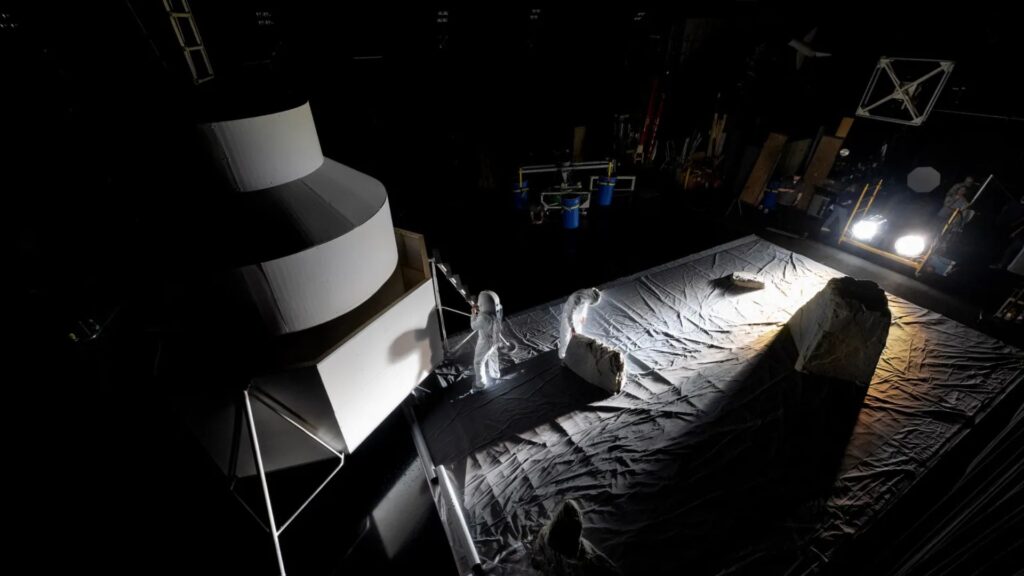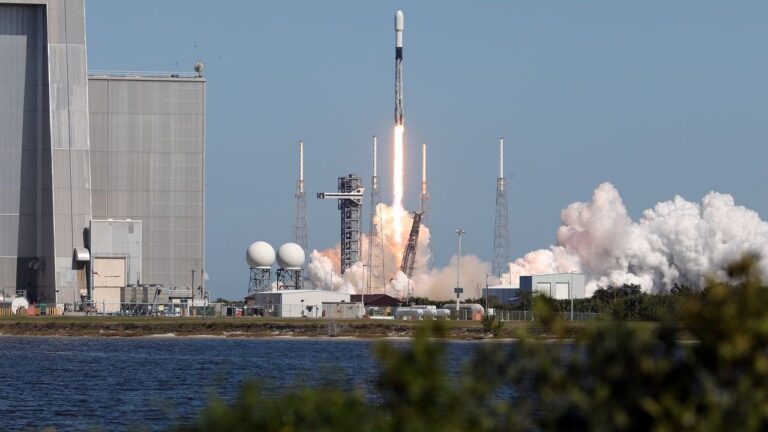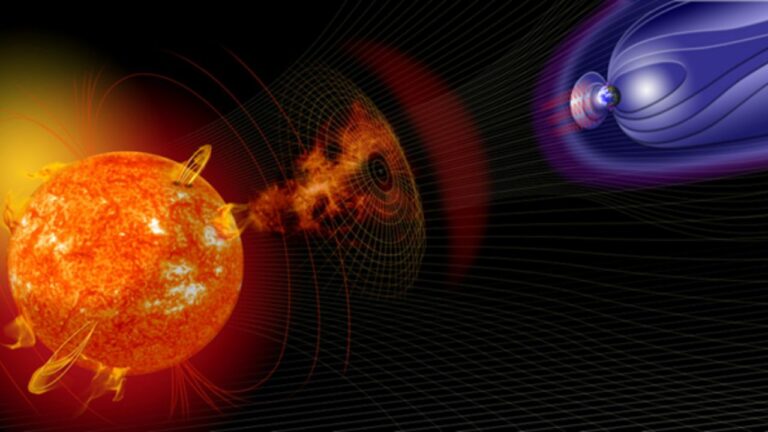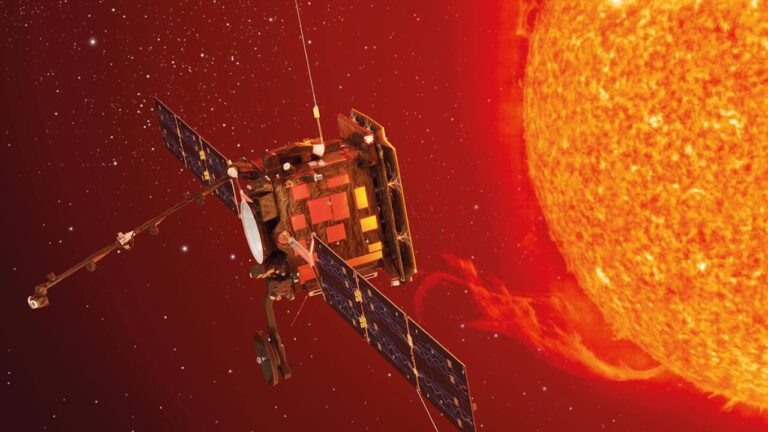
In preparation for the historic Artemis III mission, NASA is conducting advanced simulations to better understand the extreme lighting conditions astronauts will face at the Moon’s South Pole. The space agency is recreating the harsh lunar environment at its Flat Floor Facility, located at the Marshall Space Flight Center in Huntsville, Alabama.
Artemis III is set to be the first mission to land astronauts at the lunar South Pole, a region known for its permanent low-angle sunlight and extreme contrasts between light and shadow. These conditions pose unique challenges for visual navigation, lander inspections, and surface exploration. To prepare, NASA engineers are using high-powered lighting and mock-ups of lunar landers, terrain, and rocks to closely replicate the Moon’s surface conditions.
“The goal is really to understand how shadows will affect lander visual inspection and assessment efforts throughout a future crewed mission,” said Emma Jaynes, test engineer at the Flat Floor Facility. She explained that the facility’s unique design — resembling an inverted air hockey table — allows large mock-ups to glide smoothly on air bearings, enabling precise testing from different angles.
The massive testing space, measuring 86 feet in length and 44 feet in width, is one of the flattest and most stable air-bearing floors in the world. Engineers use 12-kilowatt and 6-kilowatt lights to create the low-angle illumination similar to that of the lunar South Pole. To simulate lunar regolith, large fabric swaths are placed over the epoxy floor, mimicking the Moon’s reflective surface.
Because sunlight at the Moon’s South Pole skims the surface at a shallow angle, shadows become extremely long and sharp. “The color white can become blinding in direct sunlight, while the shadows behind a rock could stretch for feet, and those behind a lander could extend for miles,” said Jaynes. The facility’s large space also enables human-in-the-loop testing, allowing researchers to experience and analyze the lighting effects firsthand.
The data collected from these simulations is feeding directly into the training and planning for Artemis III. It’s helping refine the models and tools astronauts will use during lunar landings and surface operations. The testing also supports broader collaboration across NASA and with partners like SpaceX, which is developing the Starship Human Landing System for the Artemis program.
Artemis III represents a major milestone in NASA’s long-term vision for space exploration — to return humans to the Moon and eventually send crewed missions to Mars. Through scientific discovery and international collaboration, the Artemis campaign aims to create lasting benefits for humanity.






